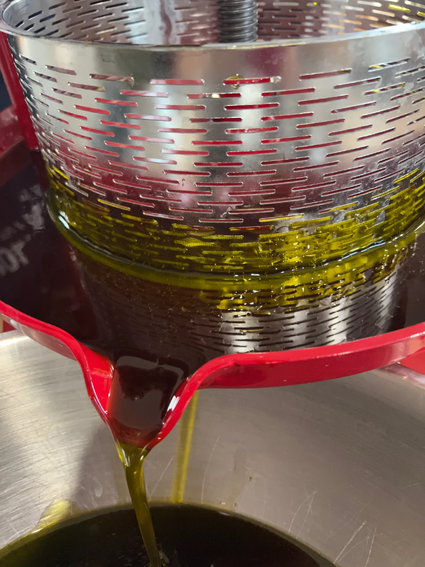The External Healer: Comfrey for Wounds & Inflammation
Used medicinally as far back as 400 BC, comfrey has a long history as a topical healing herb and is still used in many natural wellness products today.

A Garden & Homestead Apothecary Staple
Traditionally, comfrey has been used as a topical treatment to help aid in healing for external wounds or mild inflammation.
Supporting Minor Wound & Tissue Healing
Usually applied as a poultice, salve, or infused oil, comfrey can encourage healthy tissue growth and regeneration, making it a long-standing herb in folk medicine. It is usually used for minor cuts, scrapes, and shallow wounds—not recommended for deep open wounds.
Today, comfrey is still commonly used in homemade salves to promote overall skin recovery. Some people also find it useful for calming areas of sensitive, irritated, or reactive skin.
Soothing Inflammation & Joint Discomfort
Another traditional use of comfrey has been to soothe stiff or uncomfortable joints. Topical ointments made from comfrey have long been used to provide warmth and relief to areas affected by tension or overuse. This is largely attributed to the plant’s anti-inflammatory compounds, especially rosmarinic acid.
Herbalists historically applied comfrey poultices or compresses to areas of minor swelling or strain. While not a substitute for medical care, comfrey has long been valued as a topical herb that brings comfort to tired or overworked muscles.
What are the active compounds in comfrey?
Among several active compounds, three do most of the heavy lifting:
✓ Allantoin: Gently stimulates cell growth, helping skin and minor injuries recover more smoothly. This is why comfrey has long been used in poultices, salves, and compresses to soothe bruises, sprains, and other minor skin irritations.
✓ Rosmarinic acid: A powerful anti-inflammatory compound that helps calm irritation, reduce redness, and soothe stressed tissues. This compound is the key reason comfrey has been traditionally applied to sore muscles, stiff joints, and sensitive skin.
✓ Mucilage: Gives comfrey its soft, gel-like texture and moisturizing effects, making it useful for dry, chapped, or irritated skin.

Harvesting and drying the leaves for medicinal use:
HARVESTING:
With just a few plants you can gather plenty of material for salves, oils, poultices, and more.
The best time to harvest is when the leaves are large, vibrant, and fully open—typically from late spring through early fall. Use clean, sharp pruners to cut the leaves near the base of the plant, avoiding any that are yellowing or damaged.
Many growers prefer to harvest right before the plant begins to flower, when the leaves have a high concentration of allantoin and rosmarinic acid.
DRYING:
After cutting, gently rinse the leaves to remove any soil or debris, then pat them dry. You can use them fresh for poultices, or dehydrate them for long-term storage and future infusions.
To dry comfrey, lay the leaves in a warm, well-ventilated area out of direct sunlight, or bundle small groups to hang until crisp. Once dried completely, store the leaves in an airtight container away from light and moisture.
A healthy comfrey plant can be harvested several times per season, giving you a steady supply of fresh, potent herb for your home apothecary.
Disclaimer: The information on this page is for educational purposes only and reflects traditional herbal uses of comfrey. It is not intended to diagnose, treat, cure, or prevent any disease, and should not be treated as medical advice. Comfrey is generally recommended for external use only due to the presence of pyrrolizidine alkaloids (PAs).
If you are interested in learning more about scientific studies of comfrey, here is an excellent clinical overview of comfrey with links to multiple studies.
